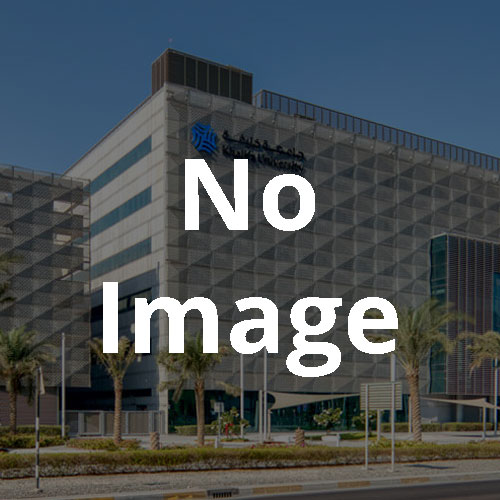
The co-location of photovoltaic and crop production—often referred to as Agrophotovoltaic (APV)—is expected to possess a large potential for marginal land reclamation and the enhancement of solar energy production efficiency in the arid and semi-arid regions of the world. APVs have, in fact, the capability of modifying the surface energy budget by enhancing latent heat fluxes (and evaporative cooling) and reducing sensible heat fluxes (and the consequent heating of land and atmosphere), with predicted beneficial effects on PV performance and crop productivity.
However, the actual magnitude of these effects has not been yet quantified in hyperarid climates like the one characterizing the UAE, where extremely harsh environmental conditions could lead to counter-intuitive results in terms of APV potential for evaporative cooling and crop heat stress mitigation. In particular, since PV shadowing is not a continuous process—varying with the time of the day—and can only partially alleviate the effects of heat- and water-stress the actual potential of classic APV systems for evaporative cooling efficiency in hot hyperarid climates remains mainly uncertain, as well as their actual capability for marginal dry land reclamation and remediation.
This project introduces ‘Through light’-Optimized APV systems (TLo-APVs) as a solution to overcome the limitations of intermittent shadowing and traditional PV systems for an efficient implementation of Agrivoltaic in hot-desert regions. TLo-APVs rely on the recently proposed technology of tracking-integrated CPVs, which are able to concentrate direct light while letting through to the diffuse component of light. Where classic PV shadowing cannot mitigate heat-stress all day around, tracking-integrated CPVs are transparent to diffuse light, allowing for a continuous modulation of the
thermal regime below the photovoltaic system. At the same time, diffuse light is able to sustain photosynthesis to attain a higher overall crop productivity—and higher rates of evapotranspiration—when compared with the ones of intermittently screened crops.
Our project hence aims to quantify the TLo- APVs performance and applicability in hot deserts through an intensive field measurement campaign, and the implementation of standard performance statistical measures and ad-hoc models of surface energy closure, plant growth, and transparent PV efficiency under the UAE climatic and environmental forcing. Insolight is a Swiss start-up company, manufacturing translucent, tracking-integrated CPV modules, has expressed interest in supporting the project by providing the needed modules for the field experimental test.
